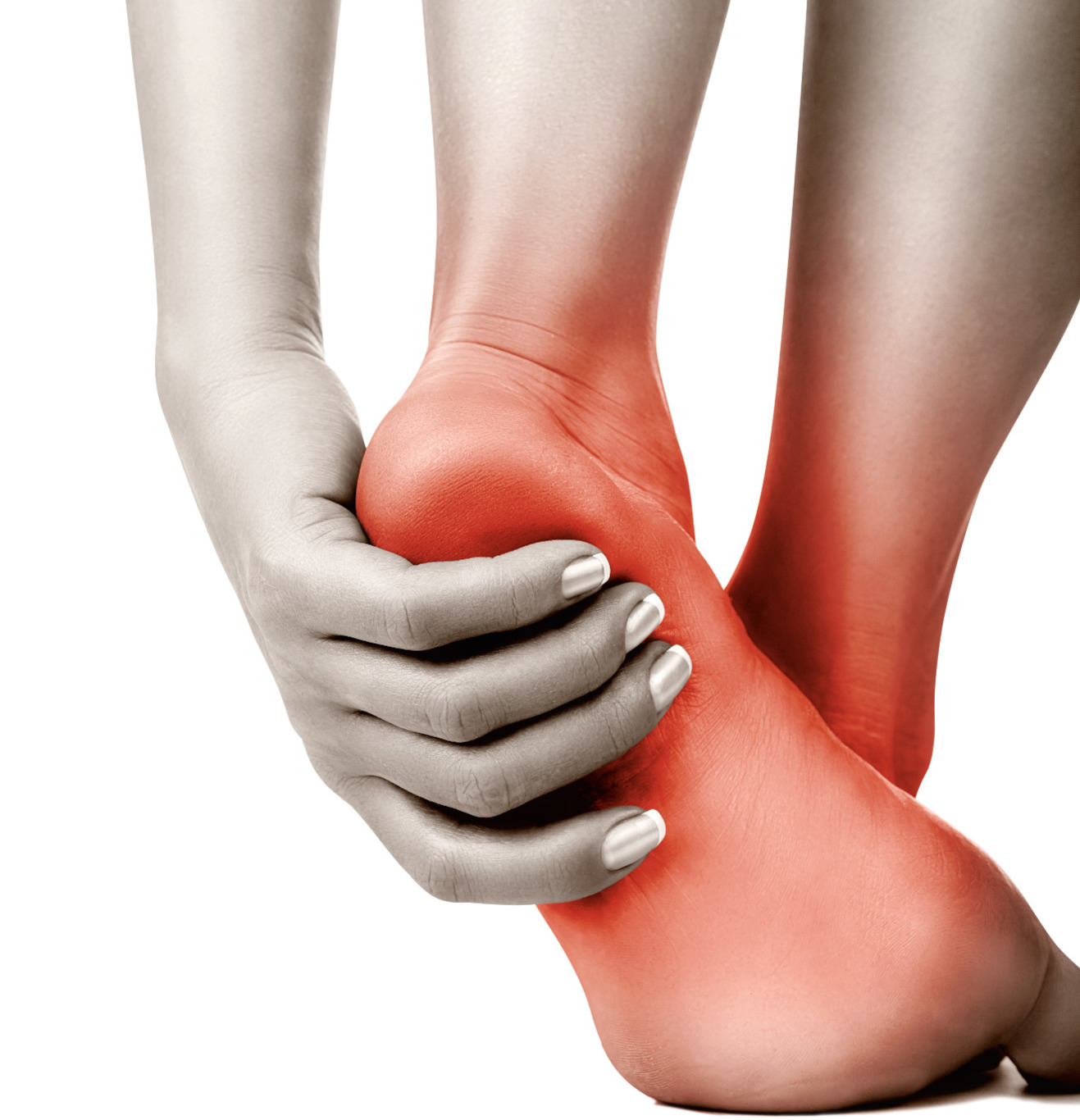If there is 50+ causes of heel pain, how do I treat it?
Posted on 3rd February 2020 at 11:32

Recently I treated a new patient who had been diagnosed with Plantar Fasciitis by her G.P. weeks ago and had been hobbling round ever since in agony.
A podiatrist who treats heel pain will never have a chat and hand you a pair of insoles.
I take about an hour. In this time, I take a medical and family history. This is to understand if there are any underlying conditions that you already know of that may contribute to the problem, medications that you take that may interfere with treatment or anything that you may not have flagged up that may affect diagnose or treatment.









